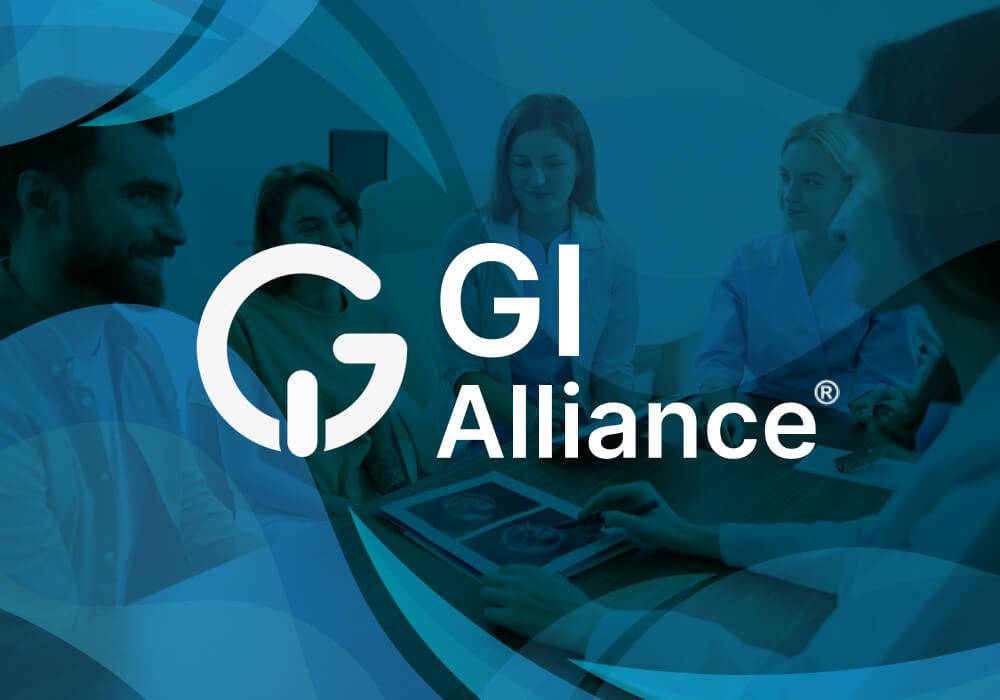Your liver serves a number of critical tasks in the digestive system, like removing unwanted byproducts from the circulatory system, retaining nutrients, and helping to control glucose levels in the body. Within the interior of the liver, a network of thin structures known as bile ducts carries the digestive fluid bile to the small intestine to assist with the digestion of food. In the event these ducts become blocked or deteriorate, normal liver function can be impaired. One known medical concern that can cause injury to the bile ducts is a progressive condition called primary biliary cholangitis (PBC). Most patients having PBC are women between the ages of 40 and 60, although men as well as women younger than age 40 can also be diagnosed. Without care, primary biliary cholangitis can lead to liver failure and necessitate a liver transplant. Detecting the condition early is crucial to the most optimal prognosis. A gastrointestinal doctor can detect PBC and identify treatment protocols that can help reduce the speed of disease advancement. Given that September is Primary Biliary Cholangitis Month, we seek to raise awareness and educate the community surrounding this concerning condition. If you or someone you love has PBC, contact a GI Alliance location near you. Our gastrointestinal (GI) specialists can offer skilled care and help you manage the liver disorder.
What is PBC?
Primary biliary cholangitis is a rare autoimmune disease that develops when a person’s overactive immune system assaults bile ducts. When this occurs, it causes tissue inflammation that increasingly injures the bile ducts. When bile is not allowed to travel into the small intestine, it accumulates in the liver and causes damage. Primary biliary cholangitis was formerly known as primary biliary cirrhosis; however, the name was altered to prevent confusion with liver disease related to alcohol and drug use. While the specific causes of PBC remain unknown, healthcare experts believe the body’s immune system response may be triggered by hereditary or environmental factors.
Symptoms of primary biliary cholangitis
In its initial phases, PBC will likely exhibit no apparent symptoms, which makes it essential to schedule periodic blood tests that evaluate how well the liver is working. People who do have symptoms of primary biliary cholangitis will generally present with:
- Xerostomia (dry mouth)
- Dry eyes
- Tiredness
- Pruritis (itchy skin)
When the liver condition becomes worse, the swelling in the organ may bring about cirrhosis, a condition where advanced scarring builds up in the organ and impacts its ability to function normally. The clinical indications of advanced liver damage often include:
- Yellowing skin (jaundice)
- Pain in the abdominal area
- Xanthomas or skin lesions containing cholesterol or fat
- Unintentional weight loss
- Swollen ankles and feet or edema
If you or a family member are affected by any of the above symptoms, please get medical help as soon as possible. You can partner with a gastrointestinal specialist near you by reaching out to GI Alliance. Our experts offer treatment to individuals throughout the nation who are experiencing PBC and other types of liver problems.
In what way is primary biliary cholangitis detected?
A gastrointestinal doctor can assess patients for primary biliary cholangitis by analyzing certain indicators in the blood related to liver function. Elevated levels of the enzyme alkaline phosphatase (ALP) and antimitochondrial antibodies (AMAs) in the bloodstream may indicate primary biliary cholangitis. Advanced imaging tests could also be performed to evaluate the liver and the bile ducts to assess for signs of damaged tissue. These imaging evaluations might help rule out additional causes of liver trouble. At times where a diagnosis remains indistinct, a liver tissue biopsy might be performed. During a biopsy, a tiny sample of the individual’s liver tissue is removed and dispatched to a medical lab to be assessed microscopically by a pathology expert.
Are there treatment options for primary biliary cholangitis?
Though there is no known cure for PBC, there are medications that might help decelerate the progression of the illness. Ursodiol, a naturally occurring bile acid, is commonly utilized to assist bile flow from the liver to the small bowel. When administered early on in the disease’s course, ursodiol might improve liver function and possibly help delay the need for a liver transplant. Symptoms of primary biliary cholangitis, such as pruritis, dry eyes, and elevated cholesterol levels, can also be managed and treated through medication therapy.
Find treatment for PBC at GI Alliance
Should you or a family member have primary biliary cholangitis, please be aware that specialized help is available. Featuring a skilled team of board-certified gastroenterologists, GI Alliance offers cutting-edge services and advanced research involving GI health diseases, like primary biliary cholangitis. To learn more about PBC and explore your options for care, contact a GI Alliance practice in your community today. Article Reference Source: https://www.interceptpharma.com/our-focus/pbc/

